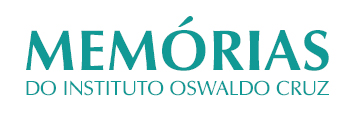The Museo de La Serena, IV Region, Chile has collections of skeletal remains representing the agricultural Diaguita people of 500 years ago excavated in the 1980s from the sites Peñuelas 21 and 24, Chile's semiarid north. Their excellent preservation has permitted an osteobiographical and radiographic analysis to better understand the patterns of the disease. This research continues the osteological analyses begun in 1989 by Rosado that seek to understand the impact the transition to and adoption of farming had on the health of prehistoric populations. Because of the significance of paleopathology in the understanding of cultural and biological adaptations, it has also become necessary to assess the preservation status and design a conservation protocol to protect and document the remains. The objectives of this communication are to: establish demographic patterns of the skeletal samples and identify and diagnose skeletal paleopathologies via photography and radiographs. Intentional cranial alteration, limb and cranial fractures, dental wear, and dental abscesses and caries are among the interesting paleopathologies so far documented. Intentional cranial alteration is very common and is manifested as tabular erect in both males and females. The high frequency of carious lesions indicates a diet that emphasized carbohydrates. Skeletal radiographs are available for several of the individuals in the sample and this has afforded a more detailed description of the paleopathologies originally documented via photography.
osteology; osteobiography; paleopathology; demography







































